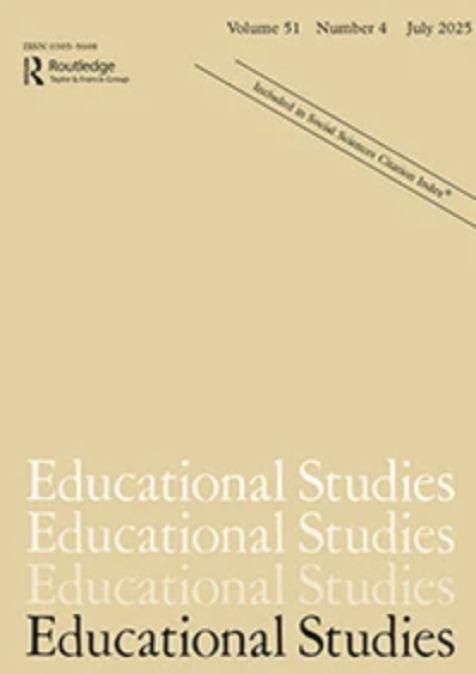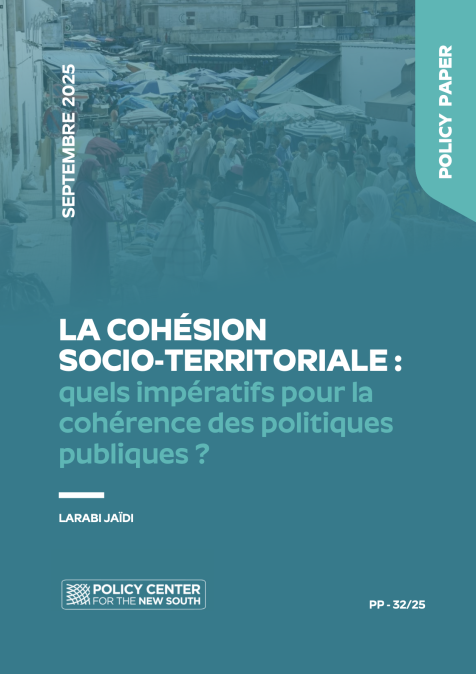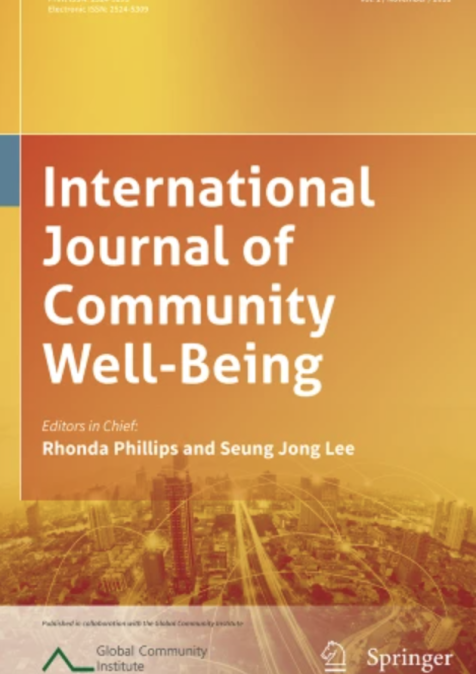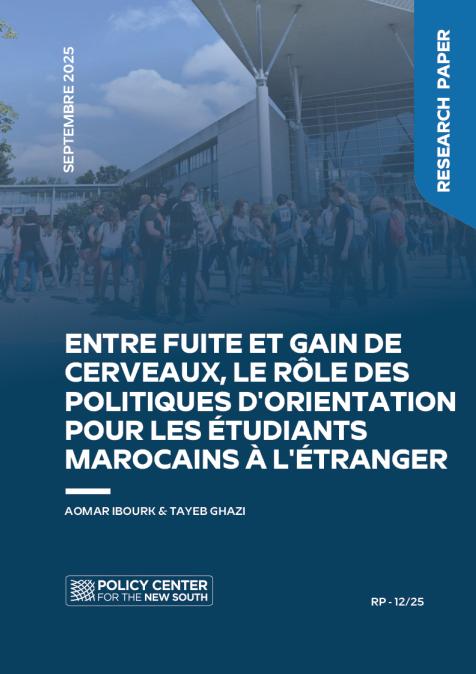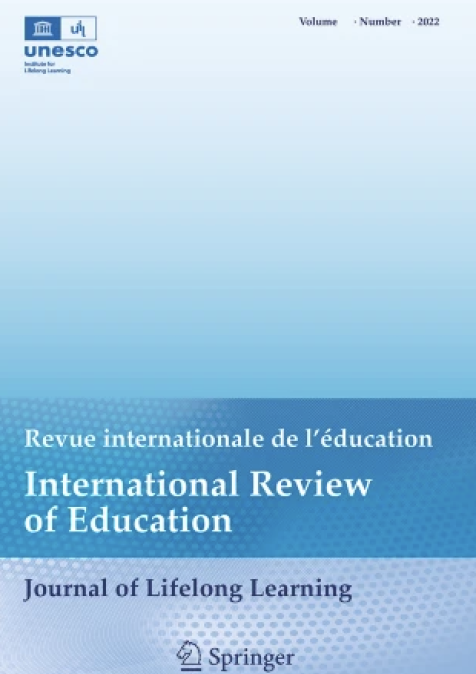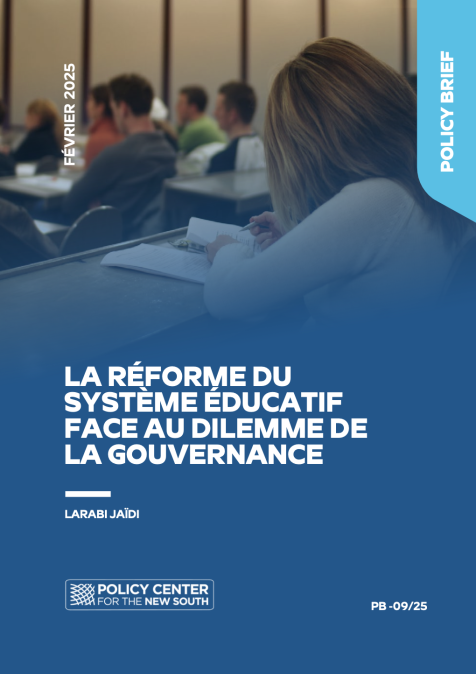Publications /
Paper in Academic Journals
This Paper was originally published on tandfonline.com
This paper analyzes gender disparities in reading and mathematics among Moroccan 4th-grade students using data from PIRLS 2021 (7,017 students) and TIMSS 2019 (13,536 students). Using the Blinder-Oaxaca decomposition method, it separates performance gaps into explained (observable characteristics such as age, family background, teacher, and school factors) and unexplained (structural) components. In reading, the unexplained part dominates (84.1% to 92.2%), reflecting structural and cultural disadvantages faced by girls, further exacerbated by the COVID-19 pandemic. In mathematics, most of the gap is explained (84.2% to 97.1%), mainly due to age, which benefits boys, supporting the developmental advantage hypothesis. While home conditions significantly affect overall performance, they contribute little to the gender gap. The study highlights the need for targeted interventions: reducing implicit biases in reading, promoting early engagement in mathematics for girls, and addressing the unequal impact of COVID-19 on learning outcomes to ensure a more equitable educational environment for all students.

